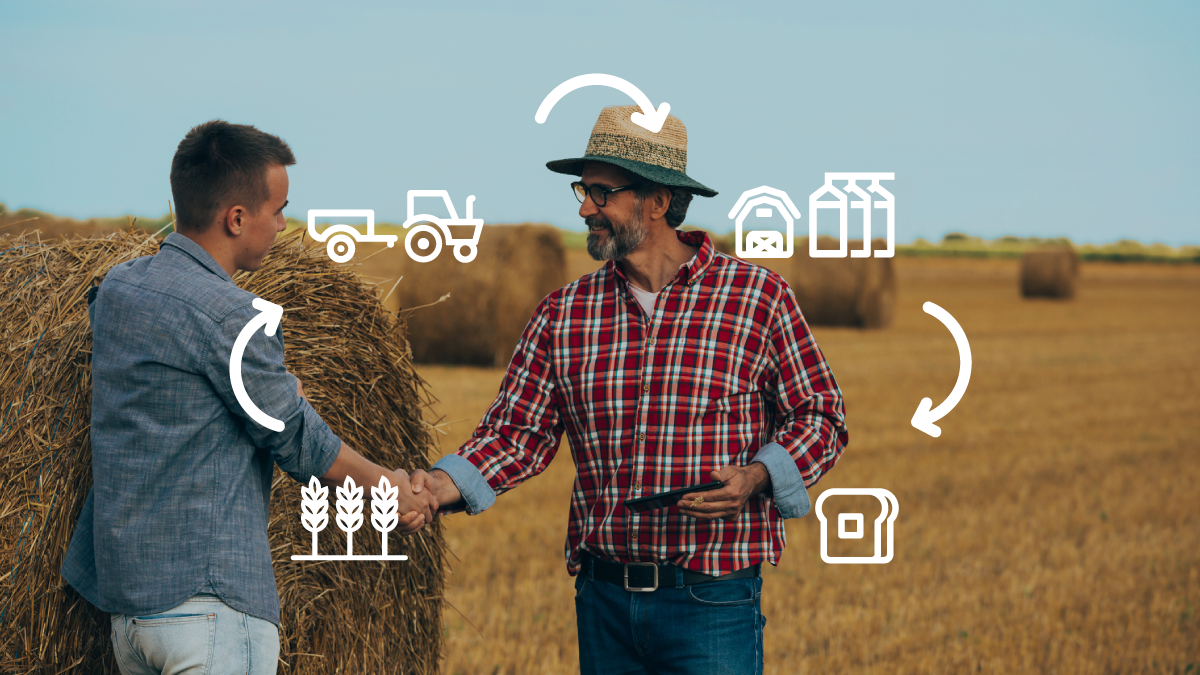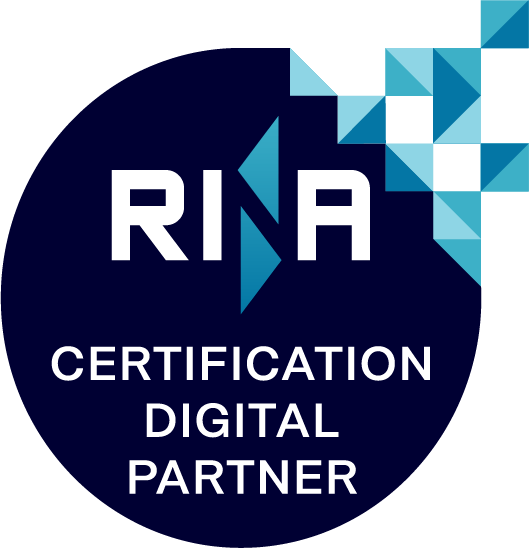Sustainability and innovation are two indispensable characteristics that today’s agri-food chain is required to have. In addition to this, players in the agricultural sector have to deal with multiple challenges: first and foremost, the environment, marked by climate change and the maintenance and protection of biodiversity and ecosystems.
The others focus on quality and productivity to meet the needs of the end consumer and European directives.
These issues involve both individual farms and distribution companies, up to and including food processors: digitization is therefore becoming essential to achieve a sustainable agri-food chain.
Agricolus has thought carefully about how to support this process and has created AgriValueChain.
What is AgriValueChain
 AgriValueChain is part of AgriTrack (powered by Agricolus) and is designed for companies in the agri-food sector that focus on innovation and sustainability.
AgriValueChain is part of AgriTrack (powered by Agricolus) and is designed for companies in the agri-food sector that focus on innovation and sustainability.
A data collection and analysis tool for those involved in agri-food chain processes: the aim is to offer the consumer a quality end product through digitization and traceability of processes.
Digitization of the agri-food chain with AgriValueChain: the advantages
The leading company has at its disposal useful tools to interact promptly with the farms and storages involved in the entire production process: a need that is fundamental, especially in these recent years. Considering the spatial and temporal variability that characterizes the agrarian environment seems in fact the only winning management strategy to reduce the inputs used and increase product quality.
AgriValueChain makes it possible to organize processes and manage raw material traceability data in a single interface. For agronomic aspects you can:
- analyse and manage the risk related to each field with regard to irrigation, phenology, fertilization, defence.
- send and receive documents and information of interest.
- monitor the correct execution of quality standards and prescriptions provided by the lead company.
Connected farms thus have the opportunity to get closer to the world of Agriculture 4.0. They will be able, for instance, to consult satellite images of their fields for efficient remote monitoring of crops; to have reports on crop operations carried out, products used, quantities of inputs and resources employed to be shared with food processors and storages.






